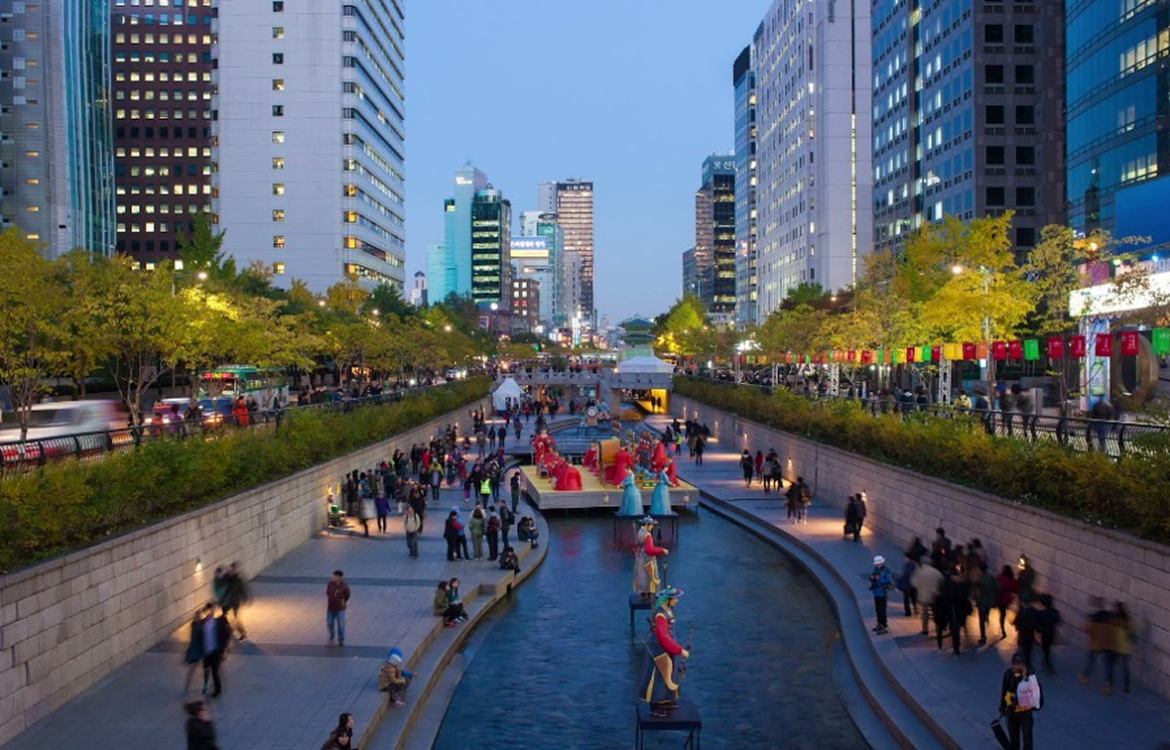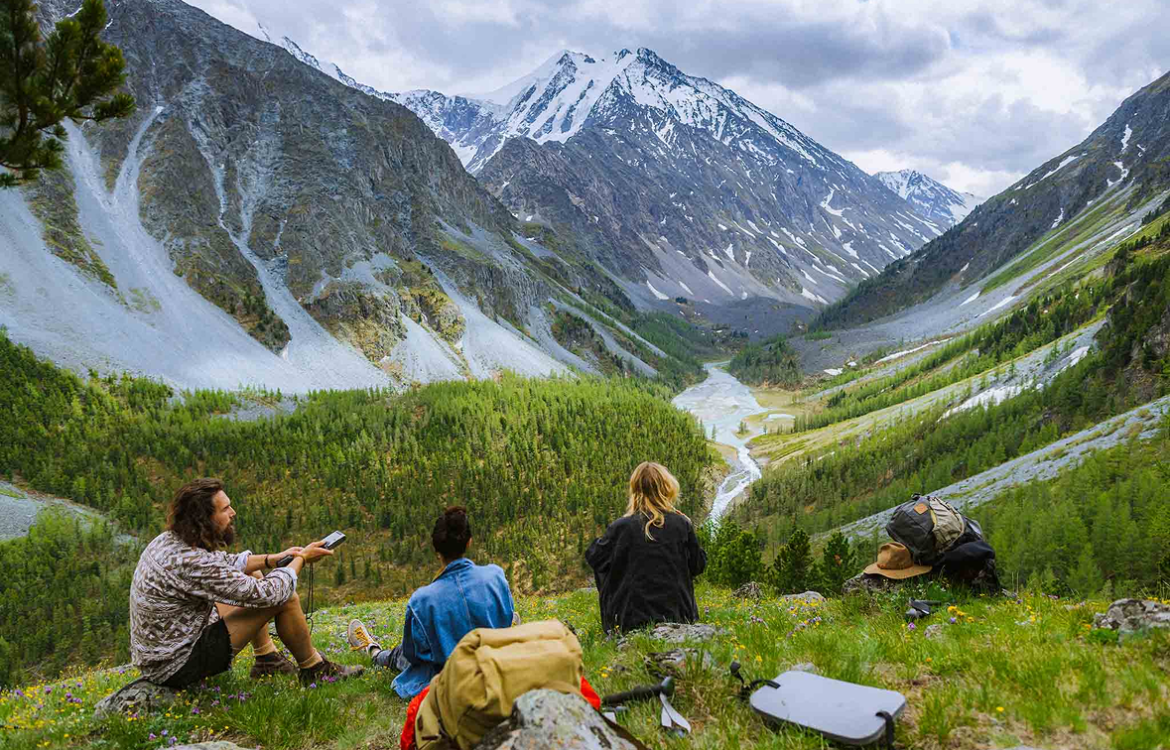When people think of travel, they often imagine pristine beaches, ancient castles, or rolling countryside. Yet, in cities across the UK and around the world, an unexpected form of tourism is gaining momentum — urban exploration of industrial districts. These are areas shaped by factories, warehouses, shipyards, and railways, often overlooked in favour of more traditional attractions. But far from being grey and monotonous, they hold a unique charm, telling stories of human innovation, labour, and transformation.
The Rise of Industrial Tourism
Industrial tourism — sometimes called “post-industrial travel” — focuses on exploring the architecture, history, and culture of working or former industrial sites. In the UK, where the Industrial Revolution began, such areas are deeply woven into the national identity. From the textile mills of Manchester to the shipyards of Belfast, they reveal how Britain’s cities grew, prospered, and adapted over time.
In recent years, these districts have become hotspots for cultural reinvention. Disused factories have turned into art galleries, breweries, co-working spaces, and music venues. Travellers who venture into these areas often find a blend of gritty authenticity and creative energy.
Why They Appeal to Travellers
-
History You Can Touch – Unlike museums, industrial sites are living monuments. Walking through an old railway station or dockyard offers a visceral connection to the past.
-
Unique Architecture – From massive brick warehouses to steel-framed bridges, these districts showcase engineering feats that shaped the modern world.
-
Creative Transformation – Industrial areas are often reclaimed by artists, entrepreneurs, and community groups, making them hubs of street art, independent cafes, and alternative nightlife.
-
Authenticity Over Gloss – Travellers tired of tourist traps appreciate the raw, unfiltered character of these spaces.
UK Highlights of Industrial Tourism
Manchester’s Northern Quarter and Cotton Mills
Once the powerhouse of the global textile trade, Manchester’s red-brick mills and warehouses have been repurposed into lofts, bars, and design studios. The city’s Museum of Science and Industry offers insights into its industrial heritage, while the streets themselves carry remnants of the cotton era.
Belfast’s Titanic Quarter
Home to the Harland & Wolff shipyard where the RMS Titanic was built, this waterfront district blends maritime history with modern development. The Titanic Belfast museum is a striking example of how industrial heritage can be turned into a world-class tourist draw.





